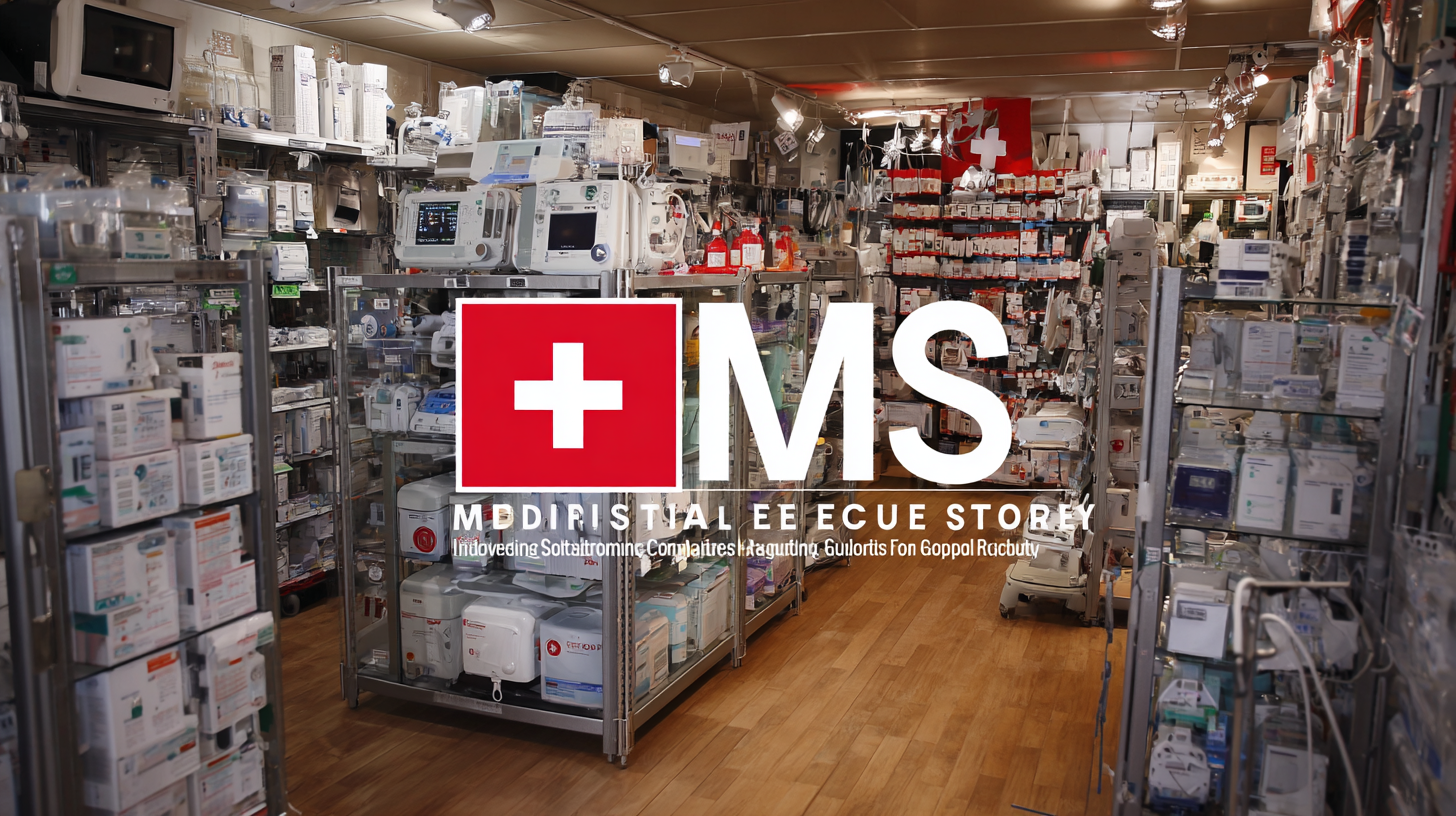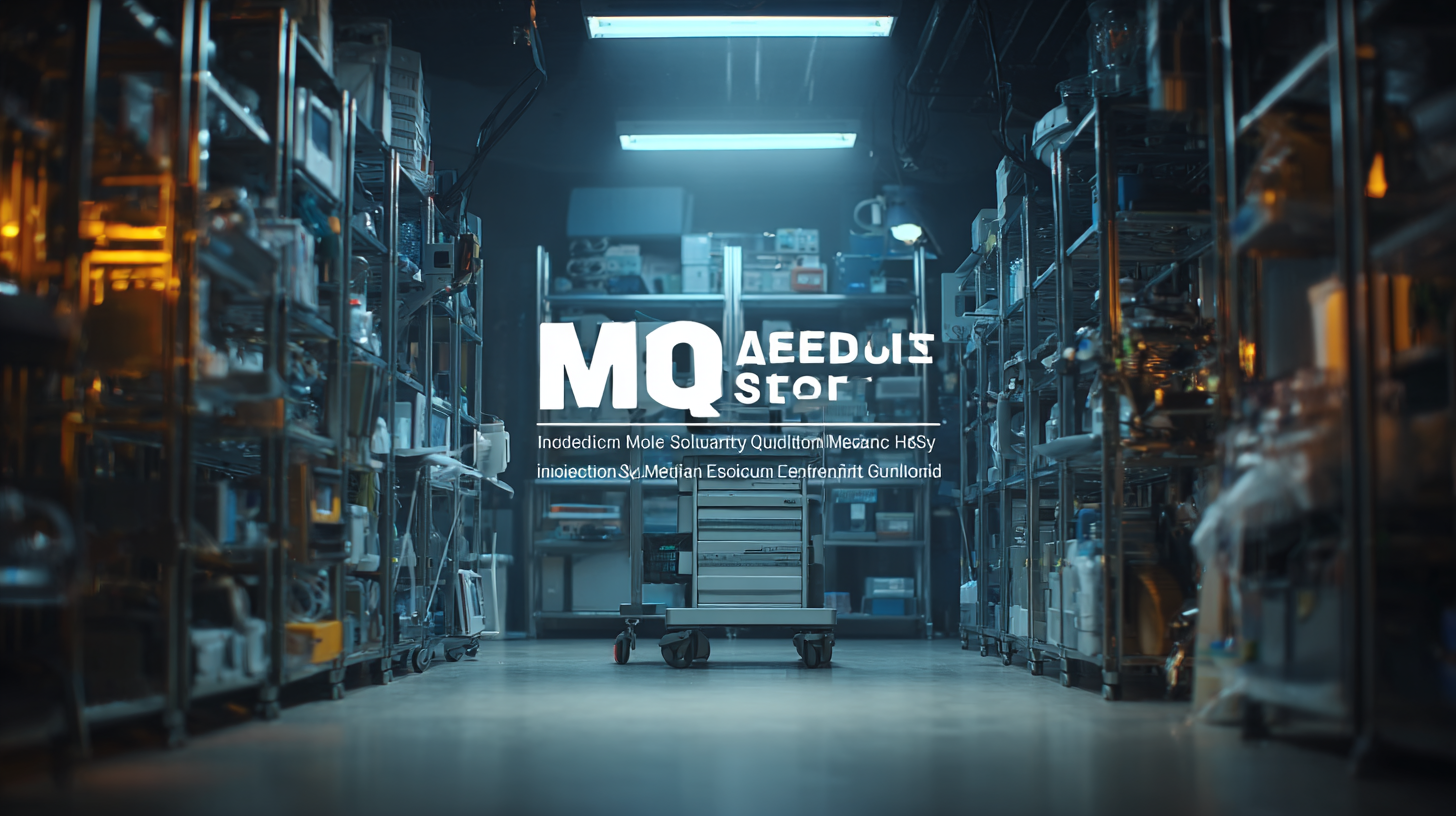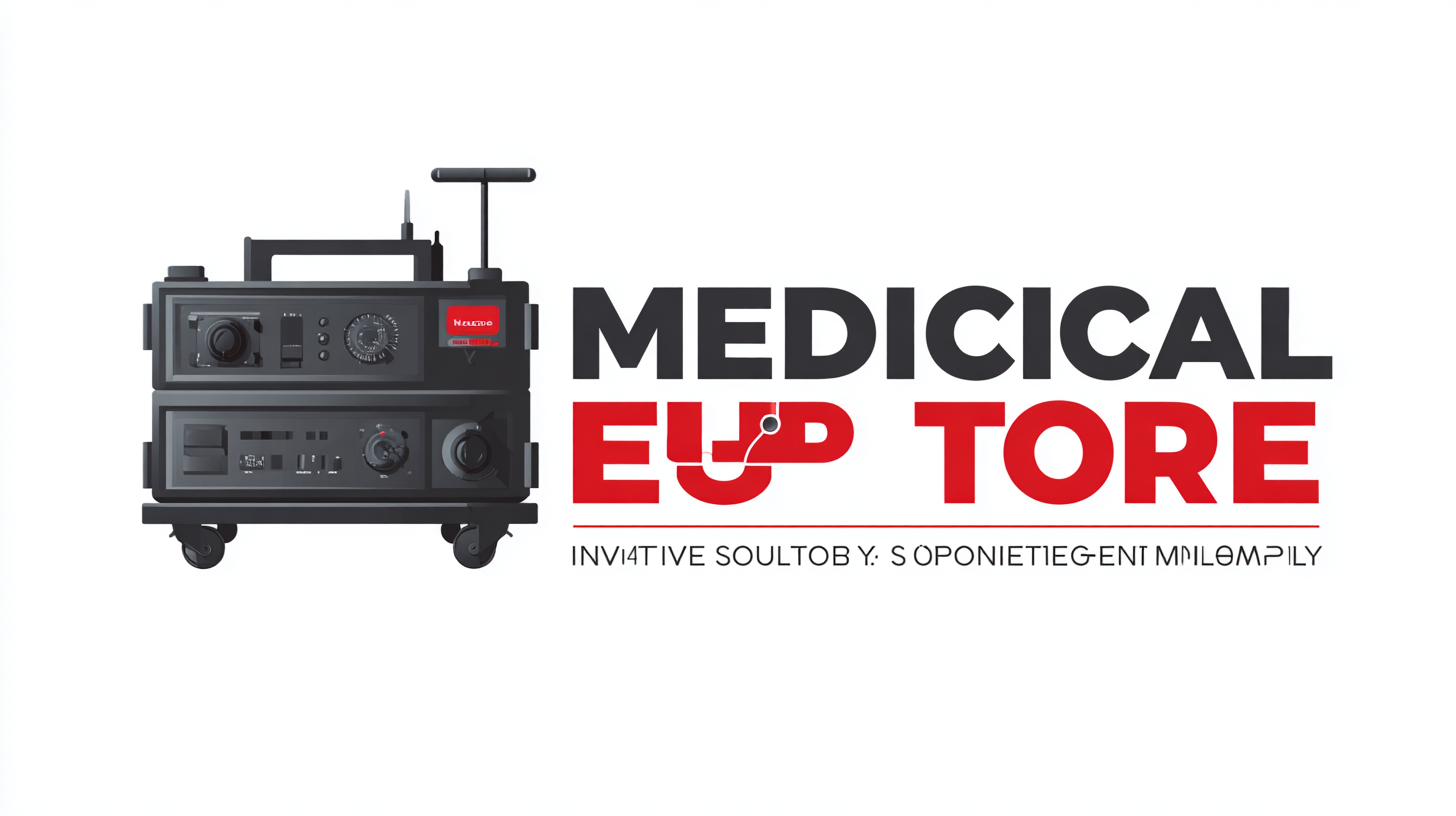Innovative Solutions for Sourcing Quality Medical Equipment Globally
The global medical equipment industry is witnessing a transformative shift driven by technological advancements and evolving healthcare needs. According to a report by Grand View Research, the global medical devices market size is projected to reach USD 612.7 billion by 2025, highlighting the growing demand for innovative and quality medical equipment. As healthcare providers and facilities strive to enhance patient care and operational efficiency, sourcing high-quality medical equipment from reliable suppliers becomes paramount. A well-stocked Medical Equipment Store not only facilitates timely access to essential tools but also plays a critical role in ensuring compliance with stringent healthcare regulations.

This blog explores innovative solutions that address the challenges of sourcing quality medical equipment globally, emphasizing the importance of leveraging digital tools and strategic partnerships in today's competitive landscape.
Identifying Key Criteria for Selecting Quality Medical Equipment Suppliers
When sourcing quality medical equipment globally, identifying key criteria for selecting reliable suppliers is paramount. A thorough understanding of these criteria can significantly enhance the procurement process, ensuring that healthcare providers receive the best products for their needs.
One crucial tip is to evaluate the supplier’s reputation and track record. Look for suppliers with a proven history of delivering high-quality medical equipment. Reviews, testimonials, and case studies from previous clients can provide valuable insight into the reliability and effectiveness of the products and services offered. Additionally, consider suppliers who have certifications from recognized health authorities, as these demonstrate compliance with industry standards and regulations.
Another important criterion is the availability of customer support and after-sales service. Quality medical equipment often requires installation, maintenance, and occasional repairs. A supplier that offers robust support systems can ensure that equipment remains operational and functional, reducing downtime in critical healthcare settings. It’s advisable to inquire about the supplier's response times and support channels before making a selection, ensuring that help is accessible when needed. By focusing on these factors, healthcare institutions can make informed decisions when sourcing medical equipment globally.
Utilizing Technology and Platforms for Global Sourcing of Medical Equipment
In the ever-evolving landscape of healthcare, the global sourcing of medical equipment has been transformed by the rise of technology and digital platforms. According to a report by Grand View Research, the global medical equipment market size was valued at approximately $456.9 billion in 2020 and is projected to expand at a CAGR of 5.4% from 2021 to 2028. This growth is significantly driven by the increasing adoption of innovative sourcing strategies, enabling healthcare providers to procure high-quality equipment at competitive prices.
Technology plays a pivotal role in this transformation, with platforms such as Alibaba Health and Global Healthcare Exchange facilitating easier access to a wide range of medical devices and equipment. These platforms leverage advanced algorithms and big data analytics to match buyers with suppliers globally, thereby enhancing transparency and efficiency in the procurement process. A study by Deloitte indicates that 61% of healthcare organizations are already investing in technologies to streamline their sourcing processes, allowing them to respond rapidly to market demands and improve operational efficiency.
Furthermore, the integration of telemedicine and remote monitoring systems has propelled the demand for specific medical equipment, highlighting the need for agile sourcing solutions. A report from Research and Markets estimates that the telemedicine market will reach $459.8 billion by 2030, shedding light on the urgency for healthcare providers to source innovative medical technologies swiftly. By embracing these digital platforms and innovative solutions, the medical equipment industry can navigate the complexities of global sourcing effectively.

Building Relationships with Reliable Manufacturers for Long-term Success
In the medical equipment industry, building relationships with reliable manufacturers is essential for ensuring a consistent supply of quality products. Establishing trust and open communication channels with manufacturers not only enhances the procurement process but also leads to a deeper understanding of product specifications and innovations. This partnership fosters collaboration, enabling both parties to adapt swiftly to market changes and regulatory requirements, thereby mitigating risks associated with sourcing.
To cultivate these long-term relationships, it's important to invest time in selecting manufacturers who align with your business values and quality standards. Engaging in regular dialogues, conducting facility visits, and understanding their production processes can significantly enhance mutual trust. Moreover, taking part in industry conferences and trade shows presents an excellent opportunity to network with potential suppliers and gain insights into their capabilities, ensuring that your sourcing strategy is robust and future-proof. By prioritizing these relationships, businesses can navigate the complexities of global sourcing and ensure that they are equipped with top-notch medical equipment.
Conducting Thorough Quality Assurance Checks on Medical Equipment
In the global marketplace for medical equipment, ensuring quality is paramount. Conducting thorough quality assurance checks is essential for healthcare providers to maintain high standards and safeguard patient safety. This process involves meticulous evaluation of equipment for compliance with established regulations, performance specifications, and reliability. A systematic approach to quality assurance can prevent costly mistakes and reduce the risk of equipment failure in critical settings.
**Tips for Effective Quality Assurance Checks:**
1. Develop a comprehensive checklist that includes key performance indicators specific to each type of medical equipment. Regularly update this checklist based on new regulations and industry standards.
2. Engage third-party quality assessment agencies to gain an unbiased evaluation of medical devices. Their expertise can help you identify potential issues that might go unnoticed internally.
3. Implement a continuous monitoring process to track equipment performance over time. This can include regular audits, user feedback, and maintenance logs to ensure that any deviations are promptly addressed.
By prioritizing quality assurance, healthcare organizations can enhance their sourcing strategies and foster a culture of safety and reliability in the provision of medical care.

Navigating Regulations and Compliance for International Medical Supply Chains
Navigating the complexities of international medical supply chains requires a thorough understanding of the various regulations and compliance standards that govern them. Each country has its own set of rules regarding medical equipment, which may include licensing, labeling, and safety standards. Staying compliant not only ensures the integrity of the supply chain but also protects the end-users who rely on these products for their health.
**Tip:** Always research the regulatory requirements of both the exporting and importing countries before finalizing any international transaction. This includes understanding Customs regulations, tariffs, and necessary certifications that may be required for medical devices.
Another critical aspect is maintaining clear communication across the supply chain. Establishing strong relationships with local regulatory bodies can provide insights into evolving compliance landscapes. Regular updates and feedback from these entities can help suppliers adjust their practices and remain compliant.
**Tip:** Implement a robust tracking system to monitor compliance statuses and certification renewals. This proactive approach can help mitigate risks associated with regulatory lapses and enhance the overall efficiency of your medical supply operations.
